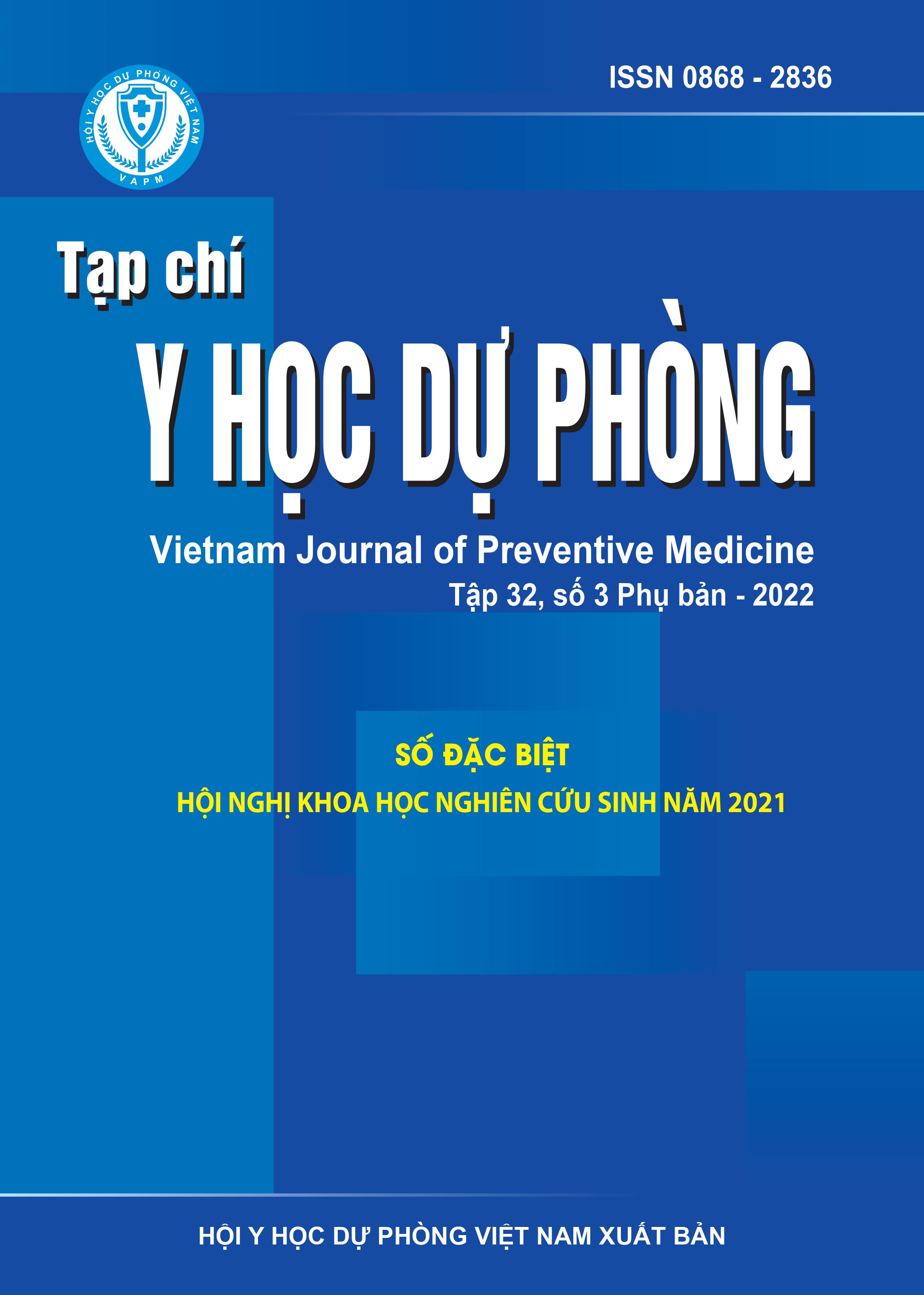Knowledge and practices of hepatitis B prevention among Southern Khmer people in Tra Cu district, Tra Vinh province in 2021
DOI:
https://doi.org/10.51403/0868-2836/2022/673Keywords:
Hepatitis B, people from 18 to 60 years old, Southern Khmer, Tra Cu districtAbstract
Hepatitis B is a global health problem caused by the hepatitis B virus. Although there have been many studies on hepatitis B, the proportion of people with correct knowledge and correct practices towards prevention from Hepatitis infection is still limited. This study aims to describe knowledge and practice of
hepatitis B virus infection prevention among Southern Khmer people in Tra Cu district, Tra Vinh Province. It aims to make some timely recommendations to improve the quality of life, the awareness and behavior of the local. A cross-sectional study was conducted on 400 Southern Khmers from 18 to 60 years old. The results showthat participants with good general knowledge accounted for 20%, and good
general practice was 40%. This result shows that knowledge and practice on prevention of hepatitis B virus infection is still quite low. There was a relationship between good general knowledge and good general practice (p < 0,05). Therefore, it is necessary to strengthen communication and health education on prevention of hepatitis B virus infectionto the community.
Downloads
Downloads
Published
How to Cite
Issue
Section
License
Publication License No 150/GP-BTTTT signed on May 8, 2014;
Electronic Publication License No 322/GP-BTTTT signed on June 15, 2016.


